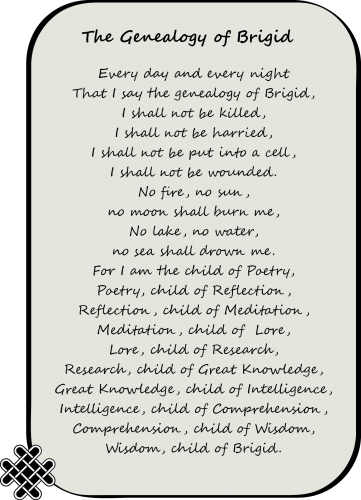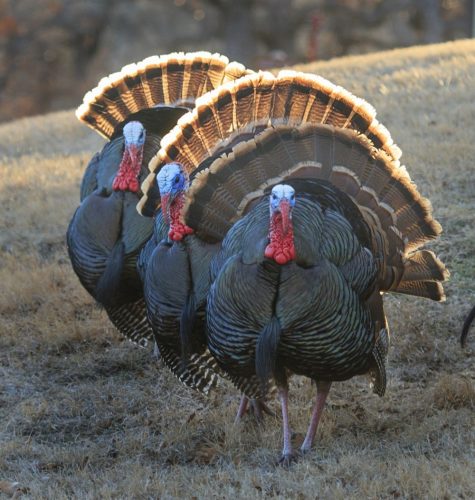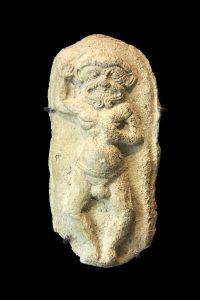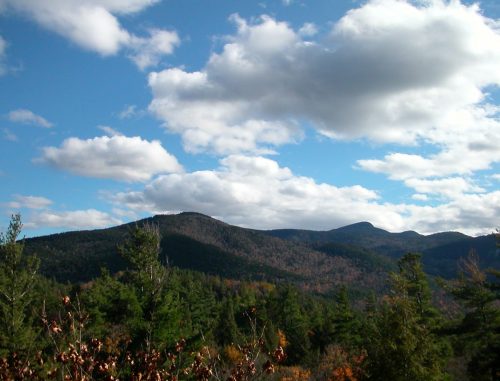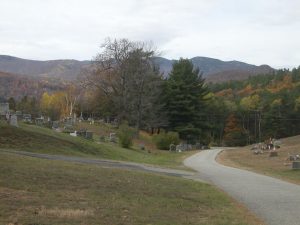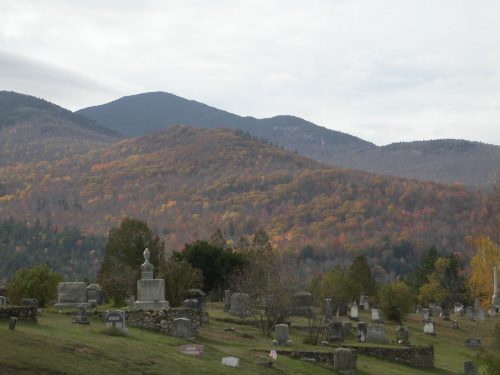I understand the impulse to apply a rigorous definition of “lesbian” in the current climate, with trans-identified men (transwomen) claiming to be lesbian. There should probably be a better definition for bisexual women in same-sex relationships. But there are a few thorny issues that need to be considered.
The old “political” definition of lesbian was a woman who had romantic/sexual relationships with women only. Thus “lesbian” was defined more by what you did than by what you were. In the last century, most “lesbians” were not so keen to scrutinize the motivations of women choosing to describe themselves as lesbian. That may have partly originated from the need to increase numbers in the fight against homophobia. Or maybe most women simply didn’t care. The male lesbian was a bad joke.
Lesbians who self-identified as political tended to be extremely critical of women who had sexual relationships with men. Women who had sex with men were supposedly lightweight in their political analysis, unable to scrutinize their oppression out of a need to appease male partners or potential partners. But (possibly political or possibly born-this-way) lesbian Adrienne Rich pointed out that mothers of sons face very strong incentive to accommodate patriarchy, regardless of their sexuality.
I have noticed some lesbians using their definition of lesbian to set boundaries against criticism of the lesbian community. A firm boundary can protect against self-reflection. Many political lesbians have been willing to speak out about unhealthy behaviors within lesbian communities, and there’s a lot of heteropatriarchy in lesbian communities to unpack. With strict but unverifiable definitions, Lesbians speaking out in unpopular ways can be dismissed by speculating that they secretly want to fuck a man are “political lesbians.”
Then there’s the whole issue of compulsory heterosexuality. Rich and other lesbians argued that ALL women are essentially lesbian, and that socialization creates sexual desire for men. That still leaves room to differentiate women who are attracted to men from women unattracted to men, but it’s difficult to reconcile compulsory heterosexuality with the born-this-way idea.
Another problem with strict definitions (and maybe it’s not a problem) is that Sappho herself would not qualify as lesbian (except on geographic grounds) if we’re defining it as never experiencing sexual desire for a man. Sappho preferred women but had at least one self-attested male flame. Rich was married and had two sons. So we’re going to weed out a lot of our lesbian sheroes if we insist on being very firm about boundaries. Yet at the same time, these firm boundaries, rooted in desire, are self-identified and thus impossible to verify. Maybe Rich never had an orgasm with her husband. How would we know? Do we even want to know?
But we’re dealing with 21st century politics and problems. Bisexual women who claim they are lesbian while being in relationships with male “lesbians” are undermining the whole lesbian community. If you never care about the sex of the people you socialize with, it’s no problem. If you’re looking for a true women’s community, it’s a big problem.
The word “febfem” has been proposed to refer to women who are essentially same-sex in their lifestyle but have felt sexually attracted to men at some point. It’s asserted that this word came from bisexual women, but I would like to see proof, because I see it promoted by lesbians who want lesbianism defined by an internal feeling rather than by actions. The sound of the word is nasty. It sticks in your throat. It sounds worse than “cis,” which also has an ugly sound to it, and it’s coming from the same place as “cis”: people forcing a definition onto another group to accommodate their own self-definition.
There might need to be a word for bisexual women, whether they are exclusively in same-sex relationships or not, because bisexual women are so different from bisexual men. Bisexual men do not face the possibility of pregnancy, for example. Bisexual men face oppression when in same-sex relationships, but do not face oppression based on their sex. Bisexual women are at a disadvantage when in relationship with a man, whether or not he is bisexual, so choosing a heterosexual relationship is not a way out of oppression for a woman, the way it is for a bisexual man. (This, by the way, was one of the biggest reasons 70s and 80s political lesbians tried to convince all women to become lesbian. The idea was that same-sex relationships, even considering the rampant homophobia of the time, were less harmful for women.)
I am not a separatist, in the sense of seeing it as imperitive to socially segretate from men at all times. But I do think women-only space is important, at least sometimes, and to have that space we have to define what a woman is. Fortunately, it’s not difficult. Adult human female. Everyone knows what that means. Other definitions are fuzzier. I think women have a right to make definitions and set boundaries, whatever those are, including kicking Sappho out of lesbian-only space. But I’m not necessarily endorsing or agreeing with these firm boundaries based on sexual identity.
In sum, I think there does need to be a word for bisexual women who prefer same-sex relationships. I think we need words for women’s sexualities that do not include men. Transwomen are not lesbians. Bisexual men and women inhabit very different spheres. I hate the word febfem. I hate the word and I hate the concept behind the word: that it is critical to definitively separate women from one another. I think what is most critical is to definitively separate women from men.




